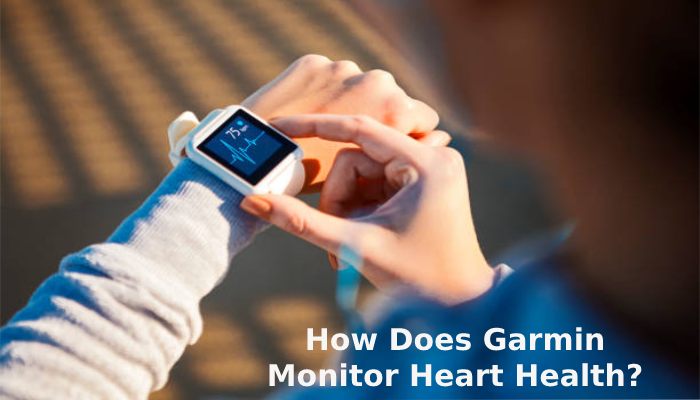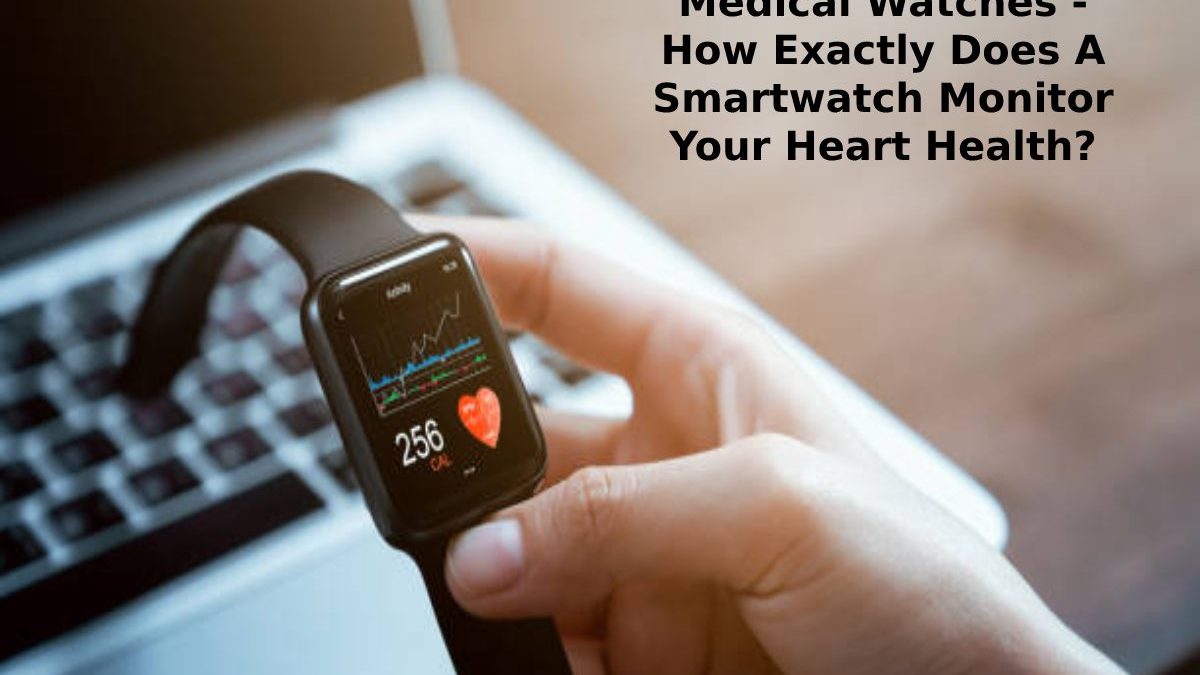Medical Watches – How Exactly Does A Smartwatch Monitor Your Heart Health? – Heart rate tracking during workouts isn’t new, but heart rate tracking technology is advancing rapidly. As this Runners World post explains. Gone are the days of simply monitoring beats per minute. As newer trackers can alert you to irregular heartbeat and stress levels. Some are even implementing low-range VO2 max tracking.
It’s a reality that more young people are having strokes, so now is an excellent time to consider upgrading your vital signs tracking device and understand how a tracker monitors heart health?
Table of Contents
Medical Watches – Latest Intelligent Watch Was The Ability To Monitor The Heart
The latest intelligent watch was the ability to monitor the heart through an application similar to the electrocardiogram (ECG or EKG), a medical test that measures the rate at which the heartbeats. The force of the beats other signs. to identify if this organ is well. Make the measurement uses the heart’s electrical activity transmitted to the skin, explains Patrick Green, MD, a member of the American College of Cardiology and a cardiologist at the UC Health Heart and Vascular Clinic in Fort Collins, Colorado.
The ECG test of the latest smartwatches detects and reports low. High or irregular heart rhythms that show signs of atrial fibrillation (or A Fib, which is an uneven or shaky heartbeat that could lead to serious cardiovascular events such as strokes and heart failure). The ECG app checks the pulses to get a heart rate and can then measure whether the upper and lower chambers of the heart are working well.
How Does Garmin Monitor Heart Health?
Sports watches have optical sensors built into their backs that monitor heart rate. These sensors use LEDs and photodiodes. The LEDs illuminate the skin to a few millimeters. The blood reflects it. The watch calculates your blood volume flow rate and, therefore, your heart rate using information about this reflected light. To do this, developers integrate their public API to ensure this data is shared.
Intelligent activity trackers to monitor long-term health status and monitor heart rate during workouts or daily life.

All the individual’s data. Like preparation recurrence and power. How well they rest, feelings of anxiety. Period following (for ladies), calories consumed. Among others are kept Garmin Connect application that peruses all the data from the watch to a dashboard so the individual can get essential data about their satisfaction. The Garmin Connect app has a dashboard with daily steps. Distance travelled, cardio activity. The highest and lowest heart rate for the day, and menstrual cycle (for women), among other relevant data for health care.
How To Know, Thanks To The Watch, If My Health Is In Danger?
It is essential to understand the vital signs and, depending on the age range. What frequency of pulses is customary to understand if there is a risk or not. In this context, it should be that, in general. The heart rate at rest should be between 50 and 90 bpm (Beats per Minute).If your resting heart rate is persistently higher than 100 to 110 bpm. This is an indicator that you should see a doctor. Also, if you notice an abrupt change in your heart rate during exercise — for example. A sudden jump from your usual 160 bpm during sustained exertion to more than 200 bpm. This could indicate an abnormal heart rhythm, Green explains.
You have to know yourself and what your heart rate is to monitor your health and be aware of any changes in case medical attention is required. In the future, near or far, all devices will be hyperconnected thanks to IoT (Internet of Things or Internet of Things). If the watch detects an error in vital signs, it will automatically call the trusted doctor to receive care. So these watches are almost medical assistants that will evolve in favor of people’s health.

